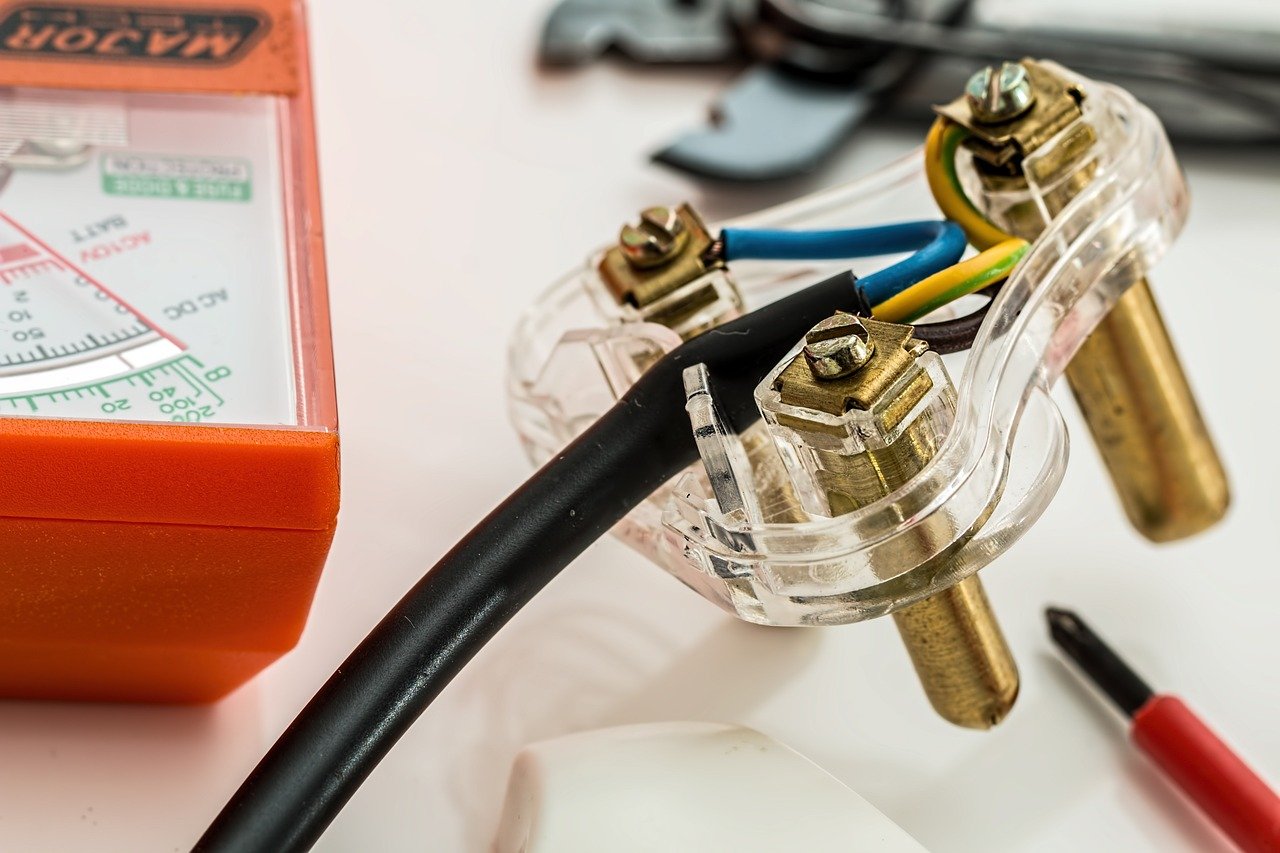Appliance troubleshooting is an essential skill for anyone who wants to extend the life of their appliances while avoiding often high repair costs. Whether you’re faced with a faulty washing machine, a refrigerator that no longer cools, or an oven that refuses to heat, knowing the basics of appliance troubleshooting can save you time and money. This article will provide you with practical tips for diagnosing and fixing common problems you may encounter with your home appliances.
Understanding the Importance of Household Appliance Troubleshooting
Appliance troubleshooting is not just about repairing an appliance when it breaks down. It is also about understanding how it works, knowing how to identify the warning signs of potential failures, and taking preventive measures to avoid breakdowns. By taking care of your appliances, you can not only extend their lifespan, but also improve their energy efficiency, which can translate into substantial savings on your electricity bills.
ALSO READ : How to choose a good real estate lawyer?
Essential Tools for Household Appliance Troubleshooting
Before you start repairing household appliances, it is essential to have the right tools. A basic kit should include:
- A flat head screwdriver and a Phillips screwdriver
- An adjustable wrench
- A multimeter for testing electrical circuits
- Multi-grip pliers
- An insulating tape
- A user manual for the device concerned
These tools will allow you to open the panels of your devices, check the electrical connections, and replace defective parts if necessary.

Common Problems and How to Solve Them
1. Washing machine that won’t start
A washing machine that refuses to start is a problem frequently encountered when repairing household appliances. Here are the steps to follow to diagnose the problem:
- Check the power supply : Make sure the machine is plugged in and the outlet is working. Use a multimeter to test the voltage.
- Examine the door : If the door is not closed properly, the washing machine will not start. Check the door latch and replace it if necessary.
- Check the engine : If everything seems to be in order but the washing machine still does not start, the motor could be faulty. In this case, calling a professional to replace the motor is often the best solution.
2. Refrigerator no longer cooling
Appliance troubleshooting for a refrigerator that is no longer cooling can be complex, but a few simple checks can often solve the problem:
- Check the door seals : Worn or damaged seals can allow cold air to escape. If the seals are defective, replace them.
- Clean the condenser coils : Dirty coils can prevent the refrigerator from functioning properly. Clean them regularly to maintain good air circulation.
- Examine the thermostat : If the thermostat is incorrectly adjusted or faulty, the refrigerator will not be able to maintain a low temperature. Check settings and replace thermostat if necessary.
3. Oven no longer heating
An oven that no longer heats is another common problem when troubleshooting household appliances. Here’s how to diagnose it:
- Check the power supply : Make sure the oven is plugged in properly and the circuit breaker has not tripped.
- Check the heating element : The heating element could be burned. If it is blackened or broken, it will need to be replaced.
- Test the thermostat : As with the refrigerator, a faulty thermostat can prevent the oven from heating properly. Replace it if necessary.
Household appliance repair: When to call a professional
Even though repairing household appliances at home can be a quick and economical solution, there are situations where the intervention of a professional is essential. If you’re faced with a problem that you can’t fix with the tools at your disposal, or you don’t have the skills to complete a complex repair, it’s best to call a qualified technician. This can help prevent further damage to the device or exposure to electrical hazards.
Preventative Tips to Avoid Breakdowns
An important part of appliance troubleshooting is adopting habits that extend the life of your appliances and minimize the risk of breakdowns. Here are some tips:
- Clean your devices regularly : Dust, grease and debris can accumulate and affect the operation of the devices. Regular cleaning can prevent many problems.
- Perform periodic checks : Make it a habit to check the power cords, gaskets, and heating elements of your appliances for signs of wear before they become problems.
- Follow the manufacturer’s recommendations : Read and follow the maintenance instructions in the user manuals. This includes respecting maximum loads for washing machines and dishwashers, or regularly defrosting your refrigerator.
Conclusion
Appliance troubleshooting is a valuable skill that can help you extend the life of your appliances while saving on repair costs. By equipping yourself with the right tools, understanding the causes of common failures, and taking preventative measures, you can solve many problems on your own. However, do not hesitate to call on a professional when the situation requires it. By following these tips, you will be well prepared to deal with any appliance problems that may arise in your home.


